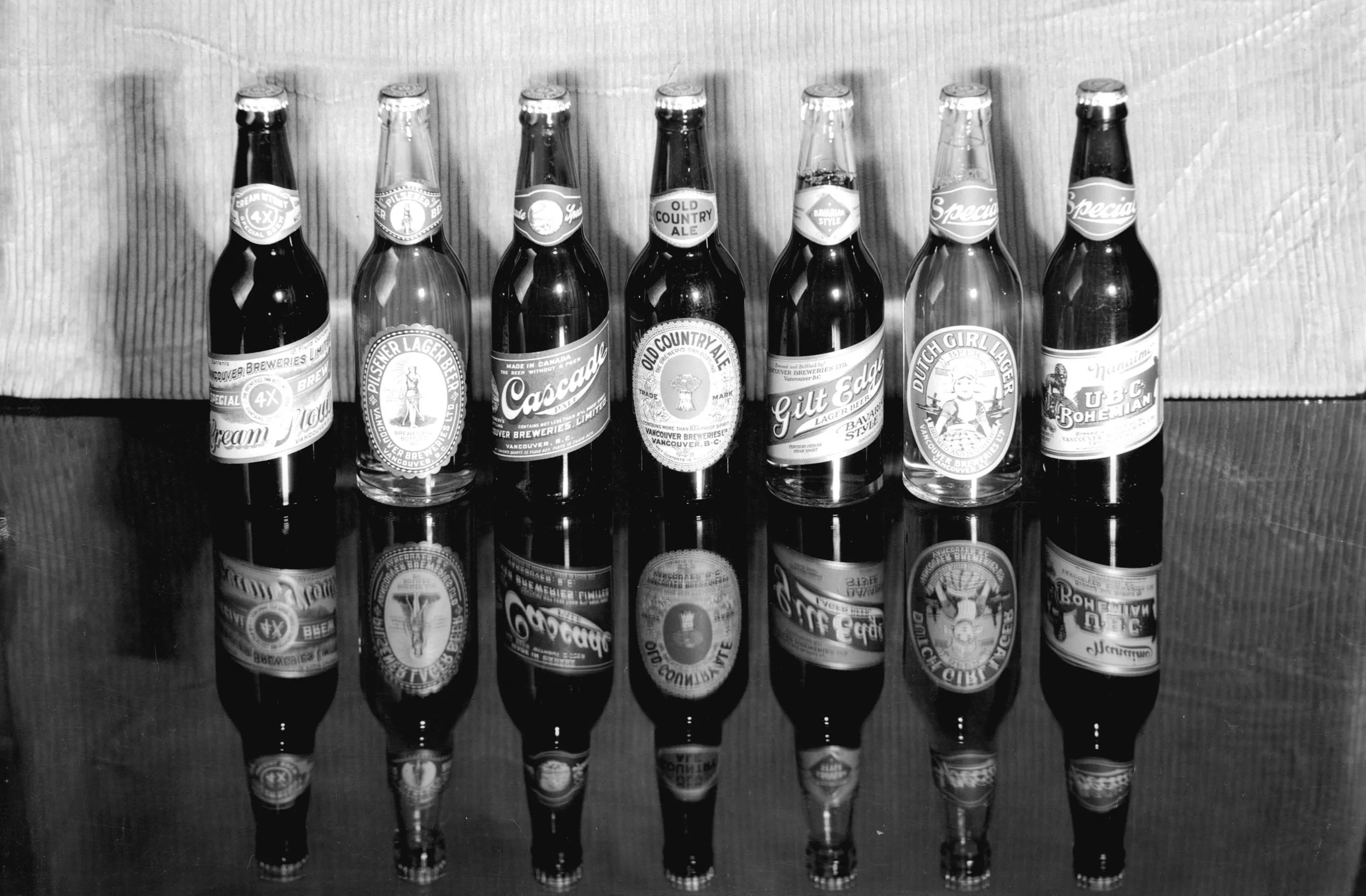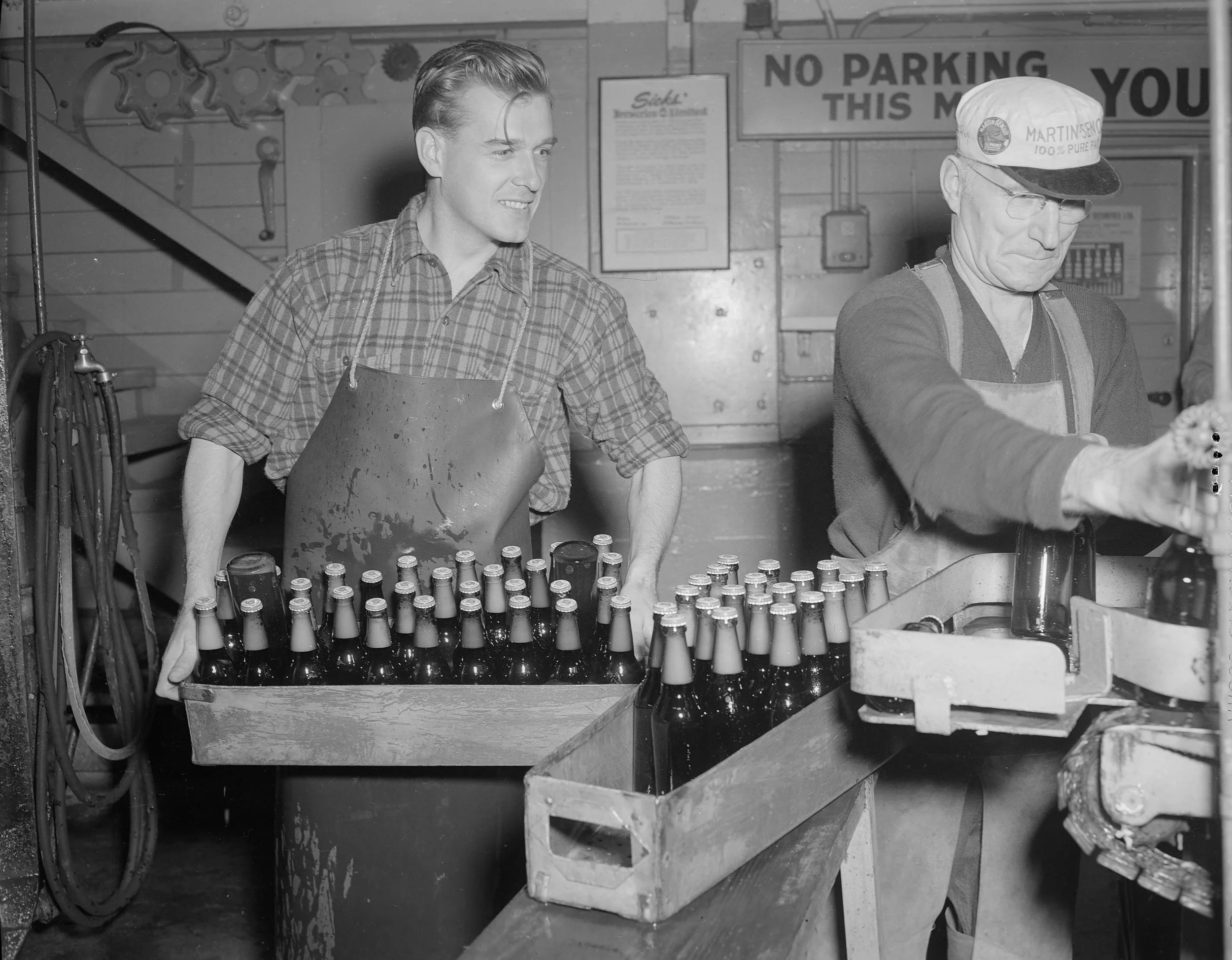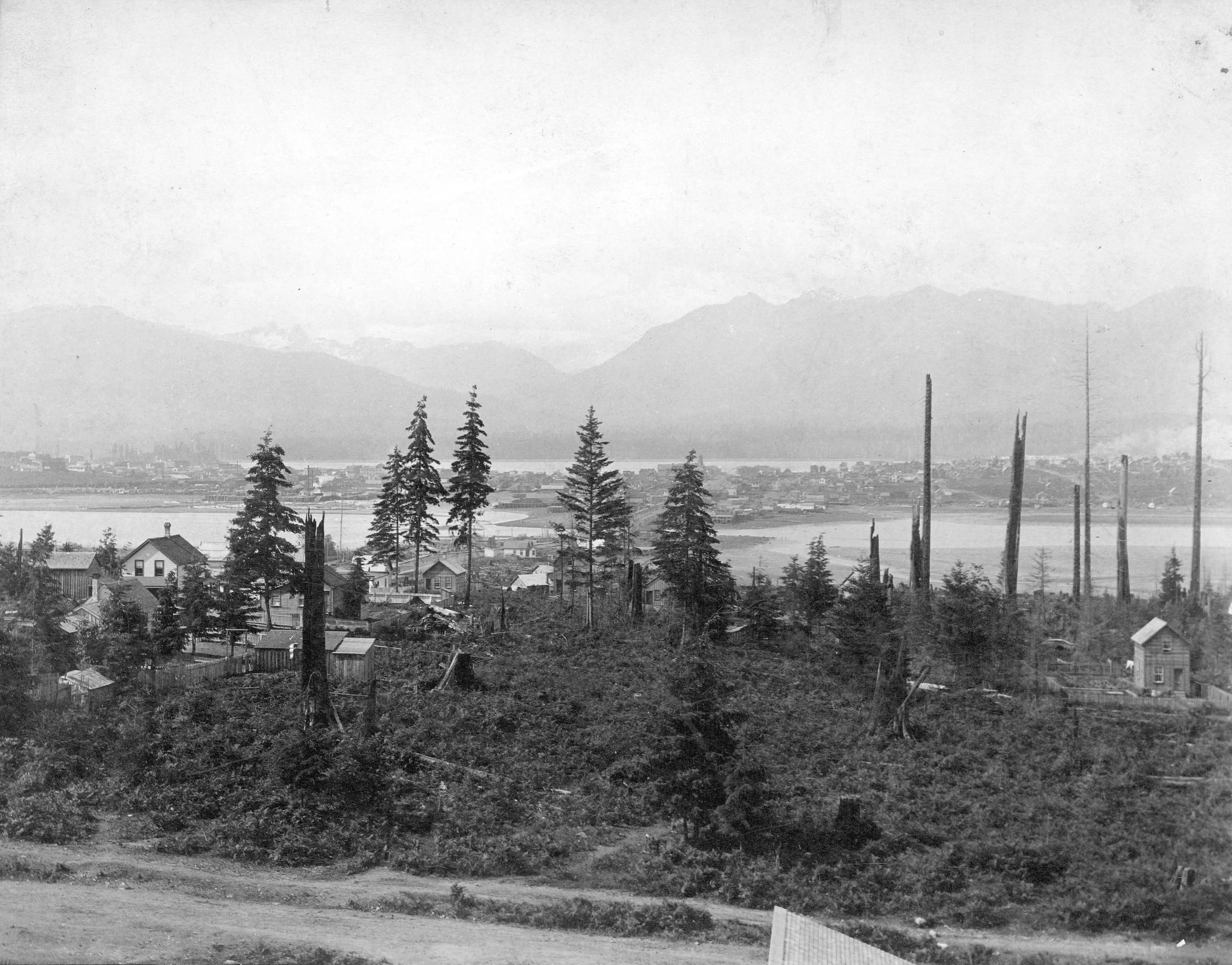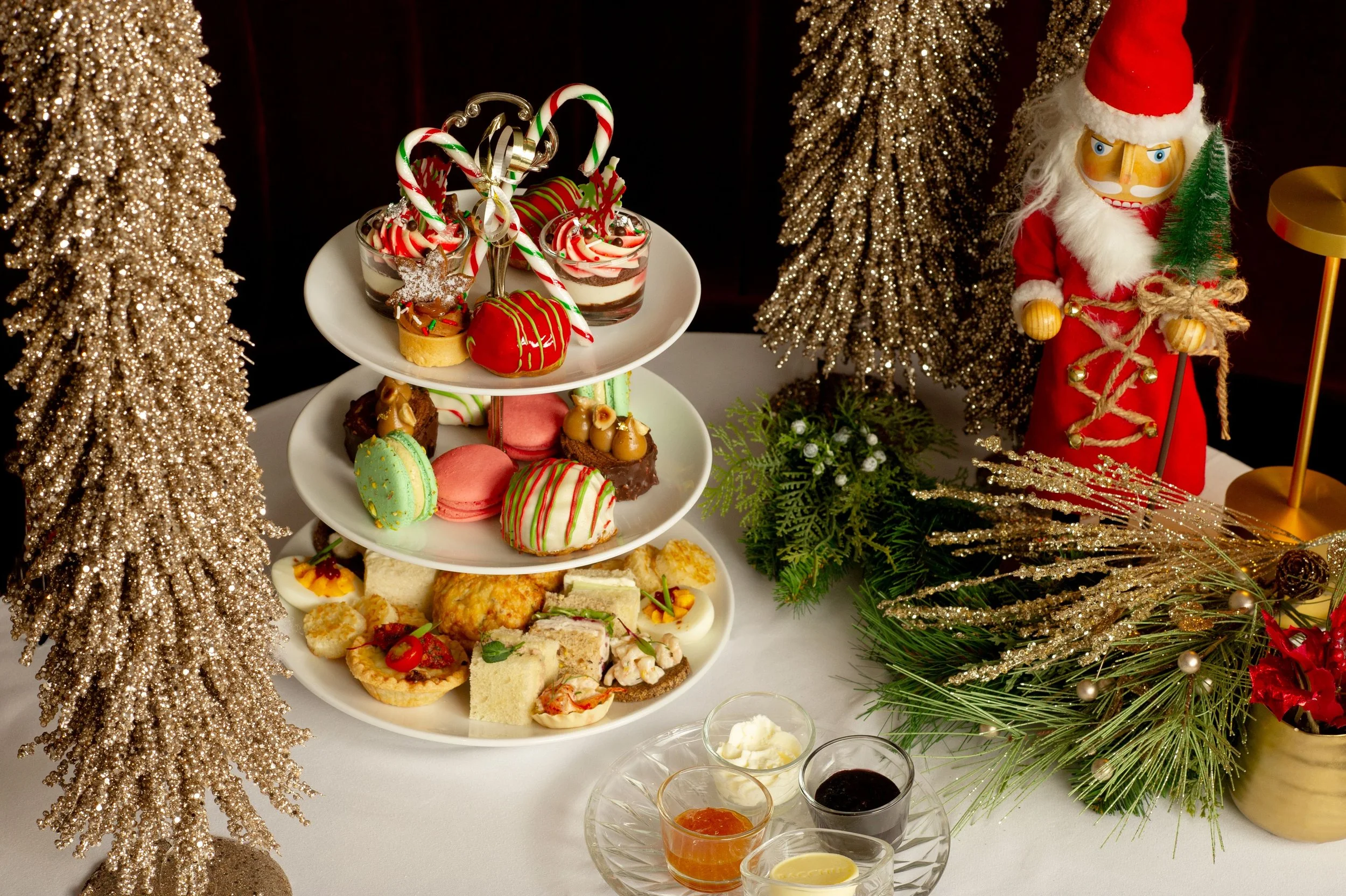Stir Cheat Sheet: 5 historic fun facts from Home Brew, the Museum of Vancouver's new online beer catalogue
Virtual flipbook documents the birth of breweries in the city, from harvesting hops to a modern wave of craft beer
Vancouver Breweries Ltd., 1926. Photo courtesy of City of Vancouver Archives
CRAFT BREWERIES ARE practically synonymous with East Vancouver—in the past decade, they’ve been popping up in the area left, right, and centre. But in fact, Vancouver has a long history with beer that dates all the way back to the city’s incorporation in the late 1800s.
Drawing upon archival images, beer artifacts from its collection, and timelines of the city’s early and contemporary breweries, the Museum of Vancouver has documented a concise history of beer in the area with their newly released virtual catalogue Home Brew. Available to browse for free, the online flipbook details everything from Mount Pleasant’s Indigenous history to Molson’s decades-long stronghold on the beer industry in Canada.
It’s important to note that the brewing industry didn’t start out picture-perfect. The first wave of local saloon customers consisted almost entirely of the white male loggers and longshorers working in the area; women and people of colour were not welcome in spaces that served alcohol. Harvesting the hops used to make beer were First Nations labourers, who were eventually joined by other marginalized workers of Mennonite, Chinese, and Japanese descent. While times have changed today, breweries are still working to ensure the industry is welcoming to all, from the customer base right down to the experts brewing the product.
It’s clear that craft beer is making a positive comeback in the city. Parallel 49 Brewing opened in 2012, marking the beginning of a new wave: Strange Fellows Brewing, Red Truck Beer Company, and Strathcona Beer Company all made names for themselves in the coming years, among several others.
With so many interesting facts to learn, Stir has picked out a few highlights to give history buffs and beer enthusiasts alike a taste of the catalogue’s offerings.
Vancouver’s first brewery opened in 1887
A year after Vancouver’s incorporation as a city in 1886, German machinist Charles Doering opened Vancouver Brewery at Scotia Street and East 7th Avenue to supply beer to the saloons he owned. Though more breweries popped up, Doering went on to run somewhat of a monopoly in the city. He amalgamated with Red Cross Brewery in 1900 to become Vancouver Breweries, plural, and continued with that pattern of mergers until 1922, by which point he ran 95 percent of the local beer supply. Vancouver Breweries was perhaps best known for its flagship Cascade beer, a pale ale that got its name in a local newspaper contest. An ode to the brew can be found in modern-day Mount Pleasant—the Cascade Room, a gastrolounge located at Main Street and East 10th Avenue, is named after it.
Capilano Brewing staff for MacLaren Advertising, 1947. Photo courtesy of City of Vancouver Archives
Brewery Creek is the backing force behind Mount Pleasant’s beer industry
Before Vancouver was colonized, the Mount Pleasant area was home to a dense rainforest criss-crossed by an array of small creeks that flowed into False Creek. Shellfish, salmon, berries, and small herds of elk were all plentiful on the lands, which were inhabited by Indigenous communities. Once Vancouver Breweries was established, one of the central creeks—dubbed Brewery Creek—was used to power its malt-barley mills. From there, settler development in the area amplified as the beer industry attracted new housing and business opportunities.
Bay Ale beer label, Horseshoe Bay Brewery, 1982-1999. Photo courtesy of Simon Fraser University Archives
Distaste for the big guns prompted Canada’s first microbrewery
By the 1980s, Molson, Carling O’Keefe, and Labatt dominated the beer market in Vancouver. Frank Appleton, a former Carling O’Keefe employee, criticized the three macrobreweries’ monopoly in a 1978 Harrowsmith Magazine article, stating that “all the big breweries are making virtually the same product, with different names and labels.” His scathing opinion article went on to liken corporate beer to “tasteless white bread and the universal cardboard hamburger,” a belief that ultimately led to him opening Canada’s first microbrewery in 1982 with the help of John Mitchell. Dubbed Horseshoe Bay Brewery, the location started a trend of microbreweries in the country. Granville Island Brewing opened two years later, marking Vancouver proper’s first craft brewery—and though it was acquired in 2009 by Molson Coors Canada’s craft beer division, it’s still around today. The mainstay is serving up everything from its longtime signature Island Lager to the caramel-vanilla Lions Winter Ale, a seasonal favourite.
Group of First Nations hop pickers, 1896. Photo by J.O. Booen, courtesy of Chilliwack Museum and Archives
Feral hops could lend B.C. a signature brew
You may often hear craft beers described as “hoppy”—but what exactly are hops? The bright green cone-shaped flowers add bitterness and aroma to brews while balancing out the sweetness of malt. From the 1890s through to the 1940s, B.C. was the number-one industrial hops producer in the British Commonwealth, with the Fraser Valley acting as a main hub. Harvests were transported across the country using the railway system, which led to the occasional stray hop falling off a rail car. New plants spawned across the country, which have evolved over the decades to survive even the toughest conditions—“feral hops”, as Langara College researchers Ji Yang and Kelly Sveinson have coined them. Because American farms own most of the patents for today’s popular hop varieties, these unique feral hops could propel B.C. towards a signature brew, and allow local production to regain footing.
View from Mount Pleasant in Vancouver, B.C., 1890. Photo by Bailey and Neelands, courtesy of City of Vancouver Archives
The beer industry isn’t all that sustainable—for now
From start to finish, the process of producing and exporting beer uses a lot of materials, which means a lot of waste. Pallets, shrink wrap, and malt bags, plus used-up hops, yeast, and malt, all have to be disposed of somehow. In Vancouver, some breweries are coming up with climate-action solutions to help alleviate their environmental impact. Take Faculty Brewing Co., for example—it has partnered with Susgrainable, a local company that upcycles spent grain collected from beer production into barley flour and dry mixes for baked goods. Other breweries are partnering with farmers in the area who turn their organic waste into feed for livestock. As the values of Vancouverites continue to evolve, so too do those of the beer industry that helped the city flourish.



















